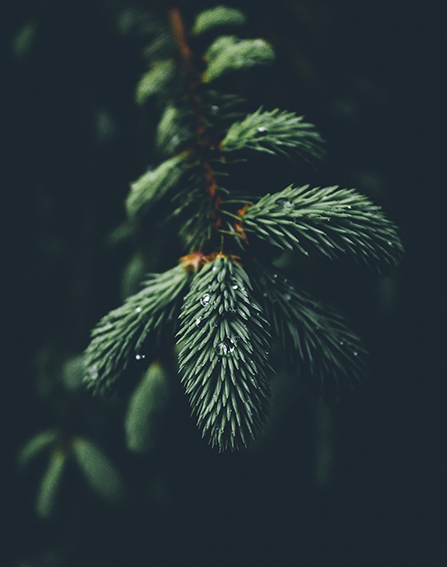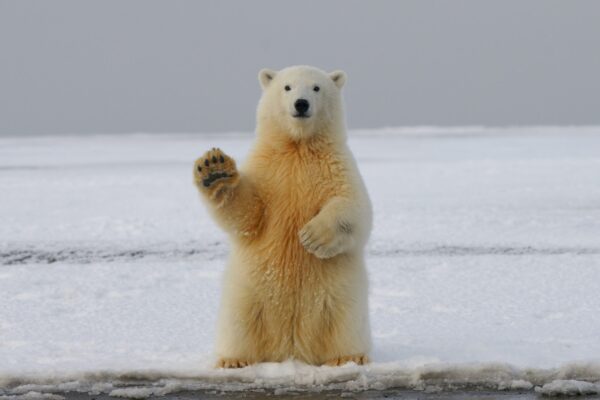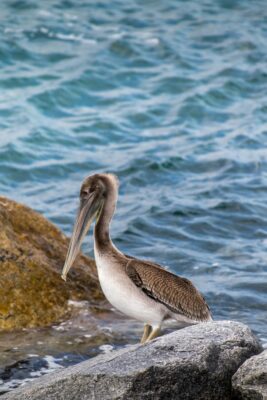Nature writing involves the combining of the two cultures of humanistic art and technical science into a seamless view of culture and nature interacting.
~ Gary Paul Nabhan, author of Mesquite: An Arboreal Love Affair
 Being in nature is one place that truly makes my heart joyful. And provides frequent inspiration for my writing as well.
Being in nature is one place that truly makes my heart joyful. And provides frequent inspiration for my writing as well.
Writing about nature requires the keen observational skills of a young child, the ability to feel awe, the willingness to let go, along with a healthy understanding of the importance of science.
As a child, I learned to love nature. I remember hiking in the woods of Germany with my Dad and younger brother. We would see wild brown rabbits scurry away as we practiced finding water in the woods and tracking big forest deer. Those memories of the woods are so clear that they play like a movie clip in my mind. I continue to pass on to my son today that early connection to my family via the natural world. We hike a couple of times a week when the weather allows it. Being in nature’s cathedral is excellent therapy, where every sense seems to discover something new simultaneously.
Listen, Watch
Listen to this text in your mind’s eye for a moment.
I’m going to take you with me on a hike through the magical, sylvan ravines of Hoggetown woods located right here in Gainesville, Florida. We could take many leaf-covered trails, but our path today begins on a bridge suspended about 30 feet over a river. A lush green tree canopy closes overhead as we start over the bridge. The sun filters gently down through the leaves, warming our bodies and providing essential sustenance to the plants growing vibrantly below us.
Let’s stop here on the bridge and peer over the side railing together, leaning on the bridge’s oxidizing metal structure to steady ourselves. Below us, a small creek crystal-clear flows over a bed of pebbles and white Florida sand. Clumps of elephant ears growing along the bottom bank loom over the sandy soil. Their leaves, far grander in size than our heads, wag like dog tails as a breeze drifts slowly through the water-carved land. The air is refreshing, and you take a deep breath. The city and signs of other people seem far away as your mind releases you from your day’s thoughts … .
Video by Amber Lee
Write About What You Absolutely Love
Writing about nature requires something beyond observation, though.
One of my most outstanding professors in college, Dr. Smith, taught me to only take projects that “make your heart sing.” Why? Because this is where you’ll produce your most incredible work and be able to contribute the most from your innermost self. This is more than simply practicing “writing what you know.” This is “writing about what you absolutely enjoy or love.”
Some Inspiration
Well-known nature writer Barry Lopez nails it when he says, “when I wrote Arctic Dreams, the image I had always of the reader was of somebody standing right next to me. I was pointing something out, talking about it. But what I wanted to happen was for the reader to forget about me, to step in front of me, and say, oh my God, I’m sitting here watching this polar bear . . . .”
pointing something out, talking about it. But what I wanted to happen was for the reader to forget about me, to step in front of me, and say, oh my God, I’m sitting here watching this polar bear . . . .”
And Dr. Gavin Lamb, a writer and researcher working in ecolinguistics and environmental communication, offers nature writers four tips on writing about nature. “Individualizing” shoots right to the top of the list. Make it personal, somehow. Make your reader care about the plight of the springs, about the beauty of the egret’s nest, by telling a story.
Remember something: Even though, as a writer, you typically work with pen, notepad, or a keyboard as your creative medium, you are an artist. Just because words on a page (or computer screen) don’t possess color or texture like paint or clay or pastels, that lack doesn’t detract from your artistry.
Don’t be afraid to experiment and fail as you pursue nature writing. But do tell the story.
You might attempt a different writing style, explore a new topic, or teach yourself a new skill. Many renowned artists go through unexpected, odd, or completely foreign-to-the-norm experimentation periods. This allows them new perspectives, leading to uniquely clandestine discoveries of expression that would have never existed before.
Let this article be your permission to wander and be creatively curious. Try on new things. Find your passions, and don’t ever let them go.
And do take a hike ….
 To explore more about Florida’s wild places and the precious value of water, I recommend the following books and a mobile app:
To explore more about Florida’s wild places and the precious value of water, I recommend the following books and a mobile app:
AllTrails. (2019). AllTrails: Hike, bike, and run (10.4.2) [Mobile app]. App Store.
Barnett, C. (2011). Blue revolution: Unmaking America’s water crisis. Boston: Beacon Press.
Brockovich, E., & Boothby, S. (2020). Superman’s not coming: our national water crisis and what we the people can do about it (First edition). Pantheon Books.
Davis, J.E. & Arsenault, R. (2005). Paradise lost? The environmental history of Florida. Gainesville: University Press of Florida.
[Editor’s note: WAG would love to see articles on any and all topics of interest to writers. Please send your ideas or finished pieces to Cynthia D. Bertelsen at BlogEditor@writersalliance.org for consideration. Remember: These posts are more than just posts, for they are actual articles. And you can cite them in your CV/résumé in the same way you would a short story, essay, or any other writing credit you may possess.]

Connie Morrison
Wonderful blog post and I love the video. Thank you!
Amber Lee
Thank you, Connie! 🙂
Susie H Baxter
What an interesting and inspirational article to relaunch our distribution of blog posts (due to technical issues). I especially enjoyed these words: “…you are an artist. Just because words on a page (or computer screen) don’t possess color or texture like paint or clay or pastels, that lack doesn’t detract from your artistry.” Thank you, Amber.
Amber Lee
Thank you for the kind comments, Susie! 🙂
Bonnie T Ogle
“Nature’s cathedral.” Love it! Thanks for the resources. What a lucky little boy you’ve got there!
Amber Lee
Thank you, Bonnie. Agreed 🙂